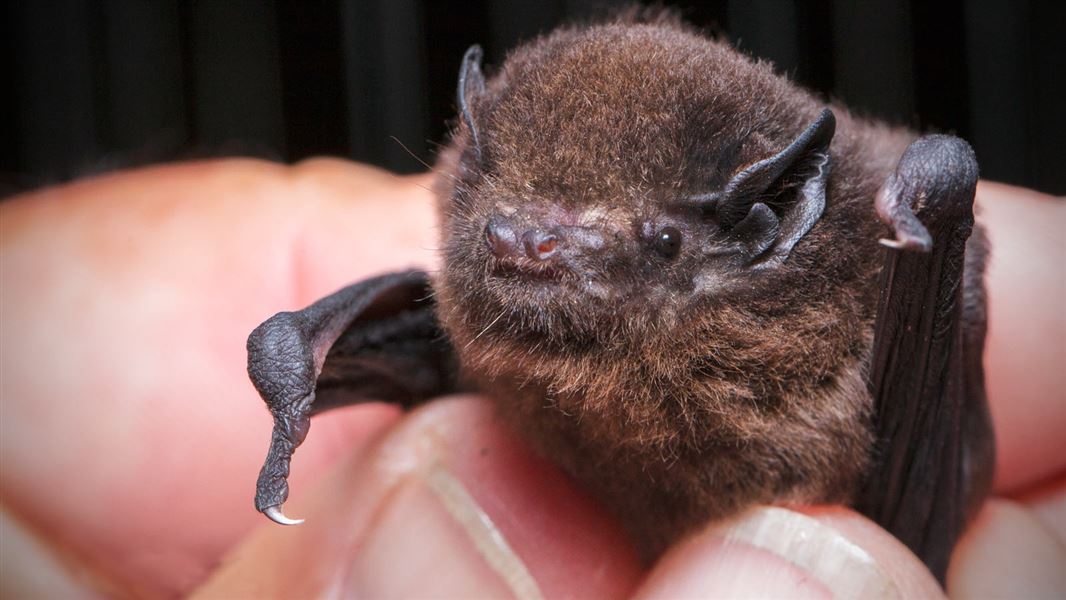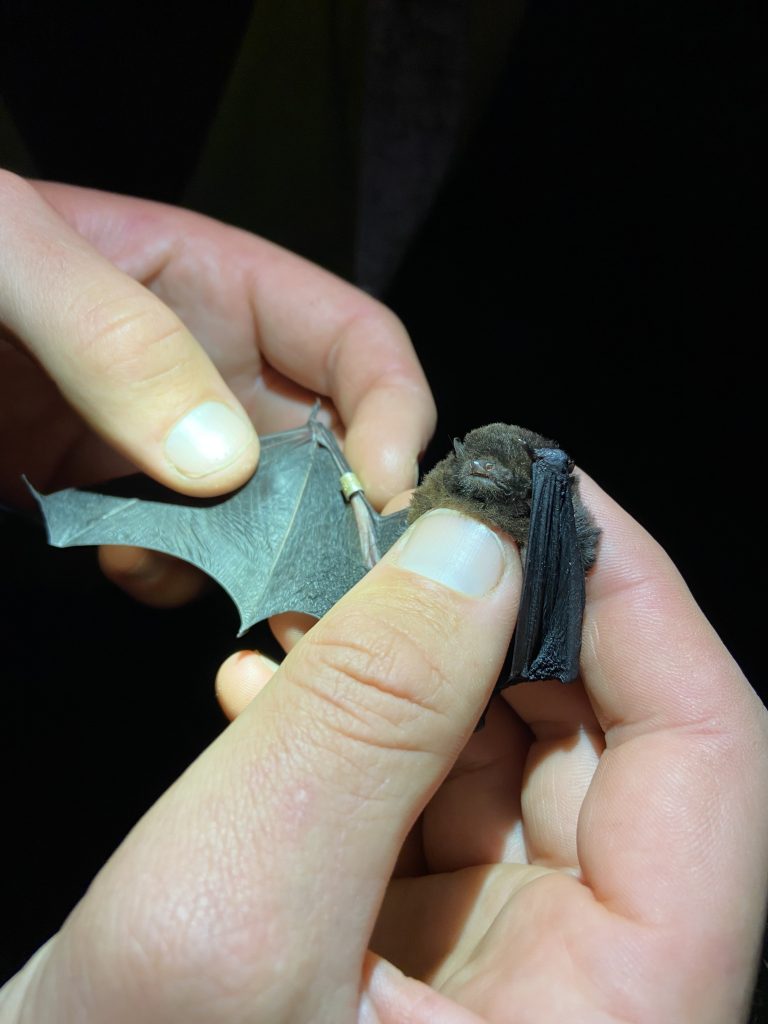
The native long-tailed bat, or Chalinolobus tuberculatus, is one of New Zealand’s rarest and most vulnerable creatures, yet it seems to have settled in the Manukau Lowlands.
The species is listed as both nationally and regionally critically threatened, with a high rate of decline due to predation and loss of roosting habitat.
The long-tailed bat/pekapeka-tou-roa drew nationwide attention when it was controversially named New Zealand’s Bird of the Year in 2021.
Bats are fitted with lightweight transmitters for a short period of time (the transmitters fall off by themselves at around 20 days) to understand more about their habitat use and roosting preferences.
EcoQuest lead researcher Natasha Bansal said she had been carrying out bat work in 2017, initially starting in the Hunua Ranges.
Auckland Council approached EcoQuest to gauge their interest in carrying out surveys across Franklin for long-tailed bats.
“We didn’t get started in Franklin until 2022. A lot of it was upskilling the community, teaching landowners how to set up the acoustic bat monitors (ABMs).”
Bansal said they monitored from Awhitu Peninsula across to Maraetai, monitoring each section for 14 days before moving on to the next until they made it to the east coast.
Auckland Council is working with Ngaati Te Ata Waiohua iwi, community groups, and EcoQuest, to carry out a five-year bat survey and tracking programme in the Manukau Lowlands, an area stretching between Waiuku and Pukekohe.

Council senior conservation advisor and bat advocate Ben Paris said this rural landscape, divided between residential and rural with limited habitat potential, was a surprising discovery for bat activity, first confirmed in 2022.
“To find them in such a place is unusual but it’s a vital chance to understand how they’re surviving outside dense forests,” Paris said.
Since the project started, more than 200 bats have been caught, with over 700 volunteer hours spent. Three bat handlers are now in training, and seven community workshops in radio telemetry have been held to help equip locals to track bats.
The next phase of the project focuses on discovering how these bats navigate the landscape, their habitat preferences, and especially where they choose to roost.
- This article is the first in a series about bats in Franklin. Find out more in our next edition.



